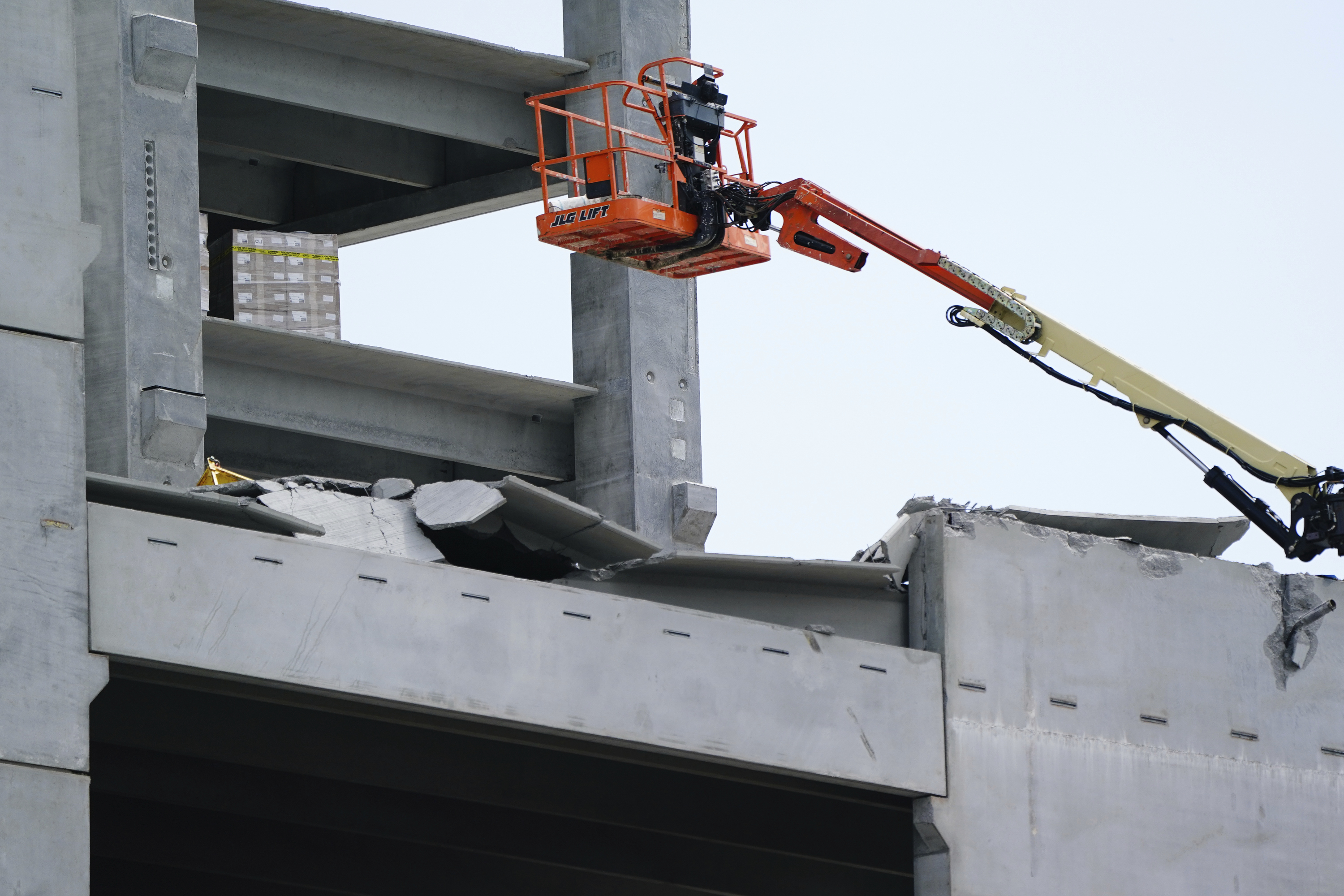Worries Over Supply Chain Risks Turn Out to Be True So Far in 2025
Year is turning out to be an unwelcome thriller

Image by Getty Images
Only two months have passed in 2025, but it looks like the second-biggest risk in insurer Allianz Commercial's annual survey of expected risks by all types of companies—business interruptions that may involve supply chains—deserved the high profile risk professionals gave it.
All through the first months of 2025, the Trump administration's on-and-off wielding of tariffs against both rivals and traditional allies has U.S. contractors on edge about material price inflation and delivery delays.
But despite this, the highest-ranked business risk anticipated by all kinds of companies for 2025 is cybersecurity lapses, says Allianz Commercial.
The insurer bases its annual Risk Barometer on survey results from 3,778 risk managers in 106 countries.
First published in January, the survey of all industries cited risk concerns in this order: cybersecurity, business interruption, changes in legislation and regulation, climate change, fires and explosions, macroeconomic developments, market changes, political risk and violence, and new technologies.
Supply Chain and Geopolitical Risks
Engineering and construction professionals ranked business interruption second in importance, up from the third spot in 2024. The two other most important engineering and construction-specific risks—natural catastrophes (including storms, floods, wildfires and extreme weather events) fire and explosions and climate change—seem to be part of the same vortex of trouble.
Business interruption is typically a consequence of events like a natural disaster, cyber attack or outage, insolvency or political risks such as conflict or civil unrest, states the Alianz Commercial survey.
"Concern for business interruption is also being driven by supply chain disruption and geopolitical risks," adds Darren Tasker, Allianz Commercial Regional head of construction for the Americas.
He says that supply chain disruptions with global effects occur approximately every 1.4 years, and the trend is rising. "Nowadays," says Tasker, "a failure or disruption in any segment of a supply chain tends to be more severe, leaving minimal time to respond."





